Filter by
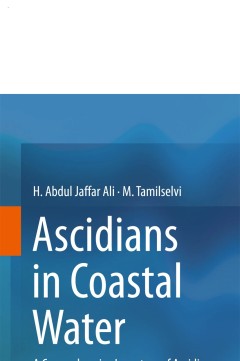
Ascidians in Coastal Water: A Comprehensive Inventory of Ascidian Fauna from …
This book addresses the needs of professional and amateur taxonomists on the subject of ascidians in Asia. This is the first book of its kind and features color illustrations done by the authors in Asia. This book provides a brief overview of ascidians in addition to both the taxonomy and distribution of ascidians along India’s southern coast. It also opens a new arena for marine researchers …
- Edition
- Ed. 1
- ISBN/ISSN
- 978-3-319-29118-5
- Collation
- XVIII, 157
- Series Title
- -
- Call Number
- 591.5 ALI a

Aquatic Microbial Ecology and Biogeochemistry: A Dual Perspective
This book highlights perspectives, insights, and data in the coupled fields of aquatic microbial ecology and biogeochemistry when viewed through the lens of collaborative duos – dual career couples. Their synergy and collaborative interactions have contributed substantially to our contemporary understanding of pattern, process and dynamics. This is thus a book by dual career couples about dua…
- Edition
- Ed. 1
- ISBN/ISSN
- 978-3-319-30259-1
- Collation
- XVII, 300
- Series Title
- -
- Call Number
- 551.48 AQU a

Toxic Pollutants in China Study of Water Quality Criteria
The book presents some of the findings of research into China’s water quality criteria for toxic pollutants, including heavy metals, PAHs and emerging pollutant. Water quality criteria (WQC) are the scientific basis for establishing water quality standards (WQSs). For a long time, the study of WQC in China has been neglected, so that almost all of China’s WQSs were developed based on foreig…
- Edition
- -
- ISBN/ISSN
- 978-94-017-9795-5
- Collation
- -
- Series Title
- -
- Call Number
- -

The Rasputin Effect: When Commensals and Symbionts Become Parasitic
This volume focuses on those instances when benign and even beneficial relationships between microbes and their hosts opportunistically change and become detrimental toward the host. It examines the triggering events which can factor into these changes, such as reduction in the host’s capacity for mounting an effective defensive response due to nutritional deprivation, coinfections and seemi…
- Edition
- -
- ISBN/ISSN
- 978-3-319-28170-4
- Collation
- XII, 357
- Series Title
- Advances in Environmental Microbiology
- Call Number
- -

The Physiology of Microalgae
It has been over 40 years since the publication of a book on algal physiology. Apart from reviews and chapters no other comprehensive book on this topic has been published. Research on microalgae has expanded enormously since then, as has the commercial exploitation of microalgae. This volume thoroughly deals with the most critical physiological and biochemical processes governing algal growth …
- Edition
- -
- ISBN/ISSN
- 978-3-319-24945-2
- Collation
- X, 681
- Series Title
- Developments in Applied Phycology
- Call Number
- -

Integrated Water Resources Management: Concept, Research and Implementation
This book reviews the concept, contemporary research efforts and the implementation of Integrated Water Resources Management (IWRM). The IWRM concept was established as an international guiding water management paradigm in the early 1990ies and has become a vital approach to solving the problems associated with the topic of water. The book summarizes fourteen comprehensive IWRM research project…
- Edition
- -
- ISBN/ISSN
- 978-3-319-25071-7
- Collation
- -
- Series Title
- -
- Call Number
- -
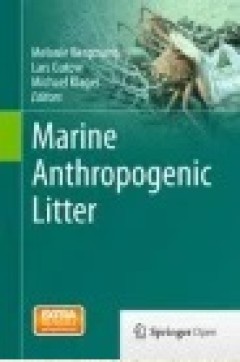
Marine Anthropogenic Litter
This book describes how man-made litter, primarily plastic, has spread into the remotest parts of the oceans and covers all aspects of this pollution problem from the impacts on wildlife and human health to socio-economic and political issues. Marine litter is a prime threat to marine wildlife, habitats and food webs worldwide. The book illustrates how advanced technologies from deep-sea resea…
- Edition
- -
- ISBN/ISSN
- 978-3-319-16510-3
- Collation
- -
- Series Title
- -
- Call Number
- -
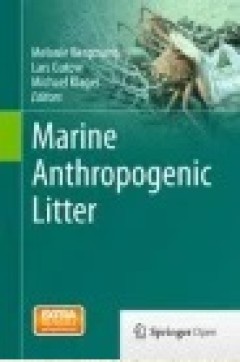
Marine Anthropogenic Litter
This book describes how man-made litter, primarily plastic, has spread into the remotest parts of the oceans and covers all aspects of this pollution problem from the impacts on wildlife and human health to socio-economic and political issues. Marine litter is a prime threat to marine wildlife, habitats and food webs worldwide. The book illustrates how advanced technologies from deep-sea res…
- Edition
- -
- ISBN/ISSN
- 978-3-319-16510-3
- Collation
- -
- Series Title
- -
- Call Number
- -
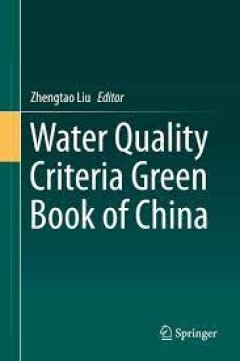
Water Quality Criteria Green Book of China
The book mainly introduces readers to the development and current status of water quality criteria (WQC) in China and other countries or areas, and proposes a minimum toxicity data requirement (MTDR; i.e., six species from three phyla) as the principle metric for deriving WQC in China. Further, ten model species from 4 different phyla are recommended as domestic test species, and the methodolog…
- Edition
- -
- ISBN/ISSN
- 978-94-017-7270-9
- Collation
- XVII, 161
- Series Title
- -
- Call Number
- -
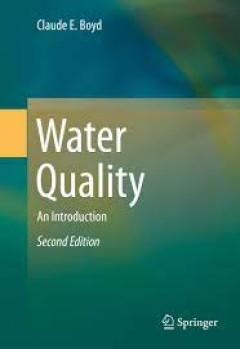
Water Quality An Introduction
The revised second edition updates and expands the discussion, and incorporates additional figures and illustrative problems. Improvements include a new chapter on basic chemistry, a more comprehensive chapter on hydrology, and an updated chapter on regulations and standards. This book presents the basic aspects of water quality, emphasizing physical, chemical, and biological factors. The s…
- Edition
- -
- ISBN/ISSN
- 978-3-319-17446-4
- Collation
- 71 b/w illustrations, 3 illustrations in colour
- Series Title
- -
- Call Number
- -
 Computer Science, Information & General Works
Computer Science, Information & General Works  Philosophy & Psychology
Philosophy & Psychology  Religion
Religion  Social Sciences
Social Sciences  Language
Language  Pure Science
Pure Science  Applied Sciences
Applied Sciences  Art & Recreation
Art & Recreation  Literature
Literature  History & Geography
History & Geography